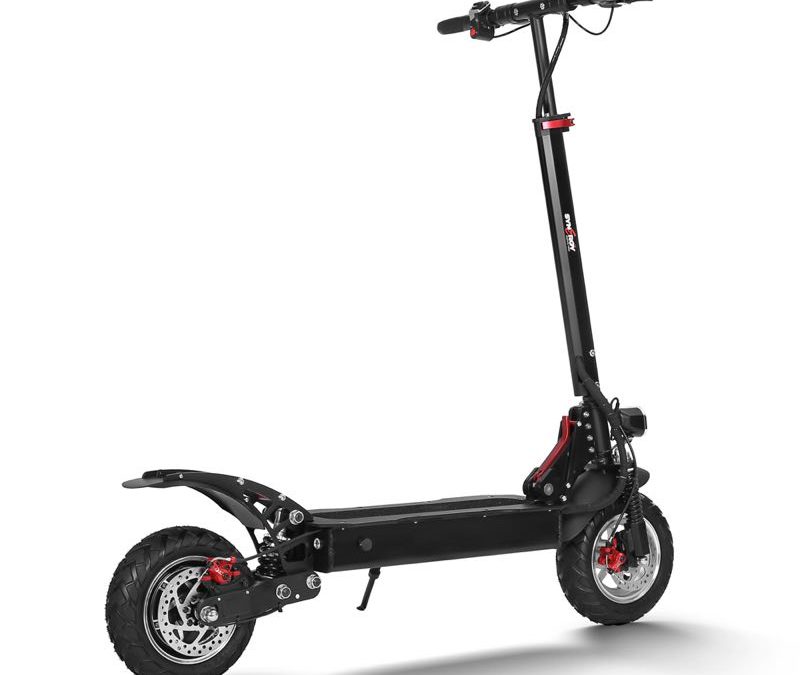As the problems of “traffic” and “climate change” continue to grow, people are more eager to find more efficient, cheaper, faster, and environmentally friendly transportation methods. Kick-Style Electric Scooter – better known as E-Scooters – seem to have become one of the latest attempts at finding a solution. For those who do not know what I am talking about, imagine the same scooter that your child may have, used by an adult and equipped with an engine capable of running it up to 30 km/hr. For a few hundred dollars you can own one of these E-Scooters or for a few dollars a day you can rent them through ride-share programs offered by companies like Bird and Lime, that operate similar to the way bike share companies such as Bike Share Toronto work.
Recently, on September 15, 2019, Bird Canada launched a free demonstration project in the Distillery District, allowing riders aged 16 and over to take their E-Scooters for a spin in a parking lot or in east downtown district. Bird Canada’s chief executive believes that Torontonians will adopt and use E-Scooters in large numbers[1]. Assuming that proper gears will protect you from exposure to cold and that roads are maintained well enough during the winter, it does not sound like a bad option, at least for short commutes.
But before we start the celebratory rituals and tell Santa why he should get us one (and how great they are for the planet), we must consider the other side of the coin. The pilot program that Bird Canada is to launch in Toronto was first tried in Calgary and it didn’t go so well over there. “In the few weeks since Calgary’s pilot program testing out electric-scooter rentals hit the city, dozens of people have hopped aboard, scooting away on the vehicles only to end their trip at the hospital.”[2] Within a couple of weeks after the program’s launch in Calgary, the city’s hospitals saw at least a 60 independent cases of injuries related to scooter use. The pilot program introducing the E-Scooters in Calgary started in early July 2019. By mid-September 2019, 477 scooter riders visited hospitals in that city with injuries associated with riding those scooters.
In Ontario there are no regulations associated with E-Scooters. They don’t need licensing or mandatory insurance coverage. In short, they are illegal in Ontario. The spike in scooter-related injuries, the public’s interest in their use – and the associated increased cost to the healthcare system – sparked the interest of the Ontario legislature. In early September 2019, the Ministry of Transportation sought feedback from the public “in development of a regulatory and policy framework regarding the use of e-scooters.”[3] A new 5-year pilot project is being introduced in order for the province to accumulate data from municipalities and develop regulatory decisions that would allow a safe integration of E-Scooters with other road users. The following are among the requirements currently considered:
• Can operate on-road similar to where bicycles can operate; prohibited on controlled access highways
• Minimum operating age 16
• Bicycle helmet required for those under 18 years old
• No passengers allowed
• Maximum operating speed 32 km/h
• No pedals or seat allowed
• Must have 2 wheels and brakes
• Maximum wheel diameter 17 inches
• Must have horn or bell
• Must have front and back light
• Maximum weight 45kg and Maximum
power output 500W.
[1] https://www.thestar.com/news/gta/2019/09/06/e-scooter-operator-hopes-limited-rollout-will-go-citywide.html
[2] https://www.thestar.com/calgary/2019/07/31/lawyer-raises-liability-questions-as-e-scooter-riders-end-up-in-calgary-emergency-departments.html
[3] https://www.ontariocanada.com/registry/view.do?postingId=30207&language=en


Recent Comments